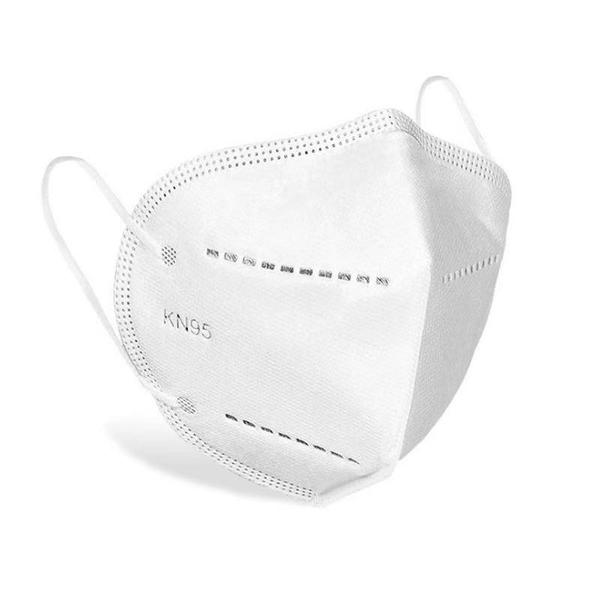Did you know there is a right way to apply a bandage? Sticking with wrapping up an injured limb in an "over/under/around" fashion may not be enough.
According to an article from the NHS website, a United Kingdom based health resource, there is a proper way to apply a bandage. The following is a snippet of the steps needed to prepare the injured for the bandage:
- Make sure the person is comfortable and tell them what you are doing.
- Make sure you work from the side of the injury and do not have to lean across their body.
- Keep the injured part of the body supported in the position it will be in when the bandage is on.
- Make sure you use the right size bandage - different parts of the body need different widths of bandage.
- If possible, do not cover fingers or toes when bandaging a limb, so that you can easily check the circulation.
- Apply the bandage firmly, but not tightly, and secure the end by folding it over and tying a knot in the end. You can also use a safety pin, adhesive (sticky) tape, or a bandage clip.
- As soon as you have put the bandage on, ask the person if the bandage feels too tight and check the circulation by pressing a nail or a piece of skin until it turns pale. If it the colour does not return right away, the bandage may be too tight, so you should loosen it. Limbs can swell up after an injury so check the circulation every ten minutes after you have put the bandage on.
Easy enough? All done? Not necessarily. Before an injury is dressed, the choice of the bandage needs to be made, with three main types: tubular, triangular and roll. The kind and type of injury dictates what kind of bandage to use.
- Have an injured finger, or toe? Use a tubular bandage. They work by covering completely the appendage that needs attention. They come in different shapes, sizes, and materials depending on your needs.
- Broke or sprained your arm? Try a triangular bandage. These bandages are used to support a limb, and/or hold a dressing in place.
- Sprain your ankle, hurt your wrist? Reach for a roll-on bandage. This type is the most familiar. I myself have one of these at home and one at work. They are used to create pressure and limit movement of the affected area.
Keep in mind, all of these bandages can be used for sore, broken and injured joints and limbs, but they can also be used to hold a gauze bandage in place or to put pressure on an open wound. Having a good supply of bandages on your jobsite or at your workplace is imperative as an intermediary step to treating an injury.


